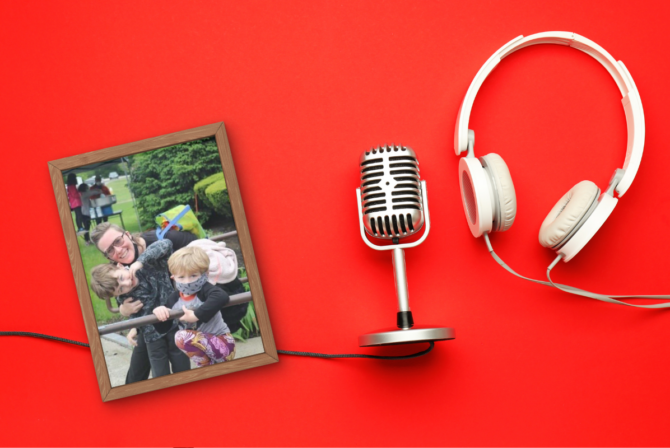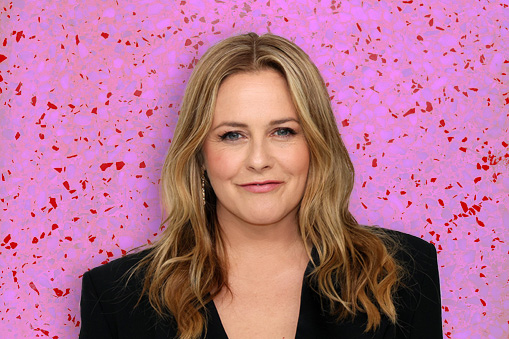Last spring, I received quite the shock upon opening my freezer for its annual pre-Passover cleaning. Inside, bag upon bag of forgotten scraps and ends of challahs-past sat shivering and waiting for redemption. I hadn’t meant to let my leftover challah situation grow so ugly, but there it was, staring me in the face. With only a few days before I needed to be hametz-free, I decided to feed some of the challah to my compost worms, and dump the rest of it (guiltily) into the garbage. But I promised myself that next Passover I would not find myself in the same bread-laden spot.
Of course, there is little I can do about the weekly surplus of challah that builds up after Shabbat. The real conundrum is what to do with all those odds and ends that accumulate into a freezer full of old challah. Conventional Jewish wisdom seems to suggest one acceptable option: French toast.
According to Arthur Schwartz’s Jewish Home Cooking: Yiddish Recipes Revisited, challah French toast first showed up on menus in the 1940s, but was made famous in the 1950s and 60s by two Brooklyn restaurants, Wolfie’s and Cookie’s. “At Cookie’s and Wolfie’s,” he writes, “they served big, crisp-edged wedges of deep-fried, egg-saturated challah with a paper soufflé cup of cherry preserves.”
These days, challah French toast is so ubiquitous that recipes for it regularly turn up in mainstream Jewish cookbooks, and even some non-Jewish ones. Decades from now, culinary anthropologists may point to challah French toast as an example of American Jews’ distinct and fascinating contribution to traditional Jewish cuisine.
Still, with all due respect to one of my favorite breakfasts, I think it’s possible to have too much of a good thing. I simply don’t want French toast every Sunday morning–it’s too greasy and time consuming to be a regular treat. Luckily, both store bought and homemade challah make the ideal base for many different, uncomplicated sweet and savory dishes. With a little creativity, there is no need to have a freezer filled with sad, half-loaves of challah ever again.
Recipe Ideas for Leftover Challah
Baked French Toast
(See recipe below) While only a step or two away from the classic version, baked French toast is an entirely different animal. A layer of caramel at the bottom of the pan adds the final touch to this already decadent casserole. Warning: This stuff is pretty irresistible, and there is really no point in trying to lower the calorie count–so save it for special occasions and invite friends over.
Grilled Cheese
What could be tastier with challah than gooey melted cheese? Not much–if you make it the right way. Use a serrated knife to slice the challah fairly thin and spread an even layer of butter on the outside of each slice (the side that touches the pan). Shred your cheddar cheese with a box grater, so that it melts more easily, and fry over low heat to prevent scorching. Slide in some thinly sliced apple or tomato and fresh basil leaves for an added treat. Want a visual demonstration on how to make the perfect grilled cheese sandwich? Check out this video from Chow.
Garlic Croutons
Cube your leftover challah. Melt a few tablespoons of butter in a sauté pan, stir in a clove of chopped garlic or a few shakes of garlic powder. Add cubes and toss to coat, about 1 minute. Spread crumbs on a baking sheet and bake in a 350 degree oven for about 10-15 minutes (until dry and slightly brown). Sprinkle over salads or soups, and never buy croutons again.
Sweet Bread Pudding
Leftover challah is a natural fit for dense, sweet bread puddings. Try this recipe, which combines bananas and chocolate chips for a delicious dessert.
Herbed Breadcrumbs
If you have a food processor in your kitchen, homemade breadcrumbs are one of the easiest things you can make. Just drop in chunks of dry, leftover challah, add a few pinches of dried herbs (e.g. sage, thyme, rosemary, basil) and pulse until the crumbs form. Store in a sealed plastic bag in the freezer. If you don’t have a food processor, begin with really dry bread, place in a durable plastic bag, and beat with a rolling pin (or other heavy object). The crumbs will be coarser, but it should work.
Better Meatballs
Use those freshly made breadcrumbs to add texture and flavor to your favorite meatball recipe (or try this one from Kosher Blog).
Panzenella Salad
This traditional Italian salad livens up cubes of stale bread by tossing them with olive oil, diced cucumber and tomato, and fresh basil. Challah is softer than your typical Italian loaf, so try using drier whole-wheat challah as your base. Make sure to de-seed your tomatoes to get out the excess moisture and serve immediately.
BONUS: Worst pun I read while researching this article: “Using leftover bread will save you lots of dough.”
Baked French Toast
Serves 6-8
1 stick butter
1 cup brown sugar
1 loaf challah (maybe a little more), cut into thick slices
6 eggs
1 1/2 cups milk
cinnamon & vanilla extract to your liking
The Night Before: Melt butter in a pan. Crumble brown sugar into butter and stir until combined. Spread mixture to cover the bottom of a glass baking dish. Double layer the challah into the dish.
Whisk eggs and milk together in a bowl. Add cinnamon and vanilla and stir to combine. Pour mixture over the bread, soaking it all the way through. (The wet mixture should almost cover the bread…if there’s not enough mixture, make a little bit more.) Cover baking dish and let set over night in fridge.
In the Morning: Uncover dish and bake in 350 degree oven for 40 minutes-1 hour. Serve warm with maple syrup.







